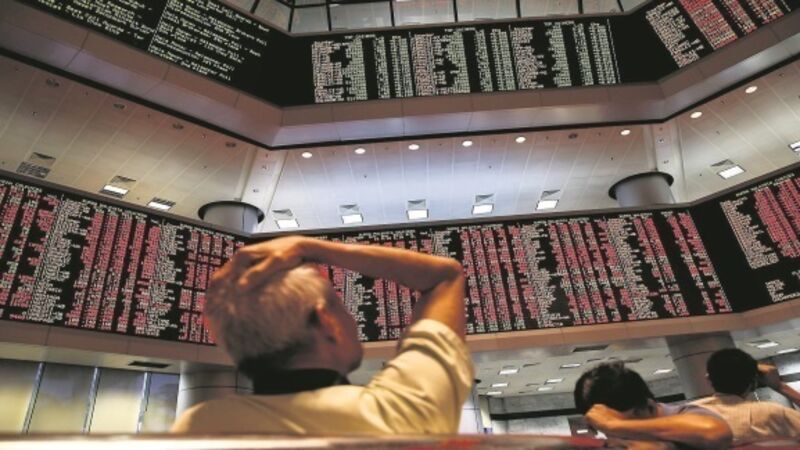Warning over a global monetary non-system

As 2015 ends, the world boasts few areas of robust growth. At a time when both developed and emerging market countries need rapid growth to maintain domestic stability, this is a dangerous situation. It reflects a variety of factors, including low productivity growth in industrial countries, the debt overhang from the Great Recession, and the need to rework emerging markets’ export-led growth model.
So how does one offset weak demand? In theory, low interest rates should boost investment and create jobs. In practice, if the debt overhang means continuing weak consumer demand, the real return on new investment may collapse. The neutral real rate identified by Knut Wicksell a century ago – loosely speaking, the interest rate required to bring the economy back to full employment with stable inflation – may even be negative. This explains central banks’ attraction to unconventional monetary policy, such as quantitative easing. The evidence that these policies boost domestic investment and consumption is mixed, at best.













